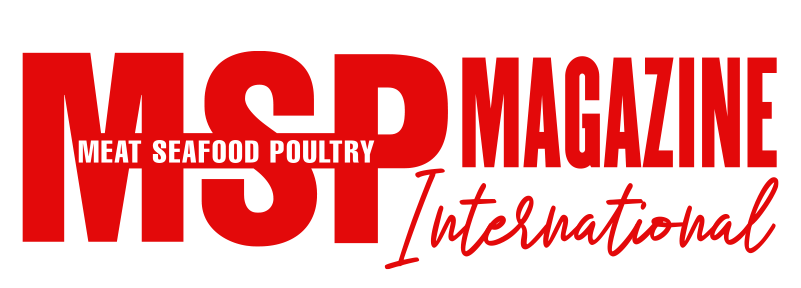by Dr Richard Parmee, CEO of X-ray inspection technology pioneer Sapphire Inspection Systems
End-of-line inspection is a crucial element of any food processing facility – ensuring that each and every product leaving the factory is of the same high standard. Whether it involves making sure bags of chicken nuggets are the correct weight, fish fillets are free of potentially hazardous bones or packs of steak have the right number of portions, inspection is vital.
But the latest generation of inspection technology can add a lot more value than the binary decision of whether a product is good or bad. Vast quantities of data are now generated by most inspection systems – but all too often this priceless resource is simply discarded. Yet the increased connectivity of devices and the latest data analysis tools make it easier than even before to unlock hidden value from this data.
Inspection data offers real-time insights into production that can be used to optimise processes – saving time and money – as well as ensuring consumers receive only the very best products.
Measurements from a checkweigher, for example, can flag up issues before they bring production to a halt. If four filling machines are involved in producing bags of chicken nuggets and one of them develops a fault that leads to overweight bags, high-level data might not suggest a problem if the batch averages across the four machines are within the accepted range. It is only when the individual weights are analysed that a pattern emerges – allowing the issue to be identified and resolved.
Combining a checkweigher with the latest X-ray inspection technology can ensure that the correct number of items are in a container – and that the correct package weight is maintained. However, although a pack containing three small and one large steak might add up to the correct weight, it is not as desirable to the consumer as four similarly sized steaks. Data from the X-ray system can include the size of each individual steak within a pack. Making use of this data can enable packs with irregular sized steaks to be rejected if they fail to meet acceptable criteria.
Another example of the value of linking equipment data is the combination of a weigh price labeler and a vision system designed to ensure labels are properly applied. Analysis of the contrast of the print on a label can provide an early warning that the print head is failing. This means preventative maintenance can be carried out to avoid an unplanned stoppage if the print quality falls below the required standard – something that is particularly crucial if the label includes key allergen information.
Reliable data is also vital when it comes to traceability. If there is a sudden increase in the rate of bone contamination in packs of fish fillets, for example, determining which supplier provided the non-conformant material is crucial. In the past, this was a largely manual, time-consuming process. If, however, the details of each individual inspection are automatically fed back to a central database which already has information on which starting batch was used and which intermediate equipment the product had passed through, it is much easier to determine how and why issues have arisen. This kind of data can also be used in the event of having to place a product on hold – or even recall it. The increasingly granular level of detail allows the scale of the disruption to be reduced.
As the quantity of data increases, so does the value of combining data from a variety of sources. Does the operation of one piece of equipment affect the behaviour of a neighbouring machine, for example, leading to a nonconformant product? By bringing a broad range of data into a single location, in real time, temporal and environmental factors can be more easily correlated with issues. And this interconnected data can be harnessed to reveal unprecedented hidden value in the production line.
Dr Richard Parmee is founder and CEO of X-ray inspection technology specialist Sapphire Inspection Systems. As well as designing bespoke solutions, Richard and his team provide a wide range of standard X-ray inspection systems to cater for hundreds of different products in the food, pharmaceutical and cosmetics industries.

